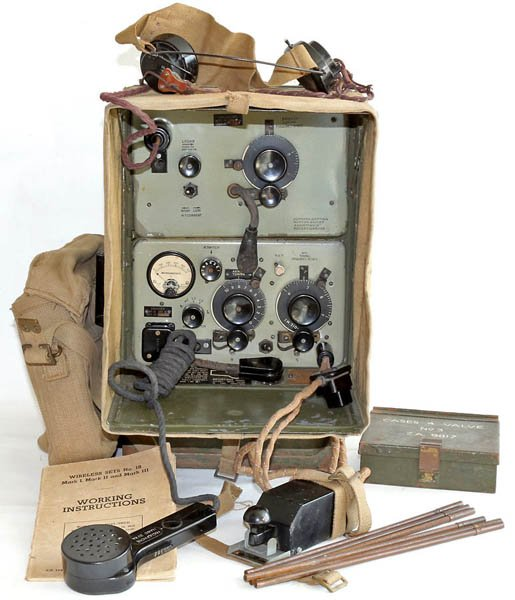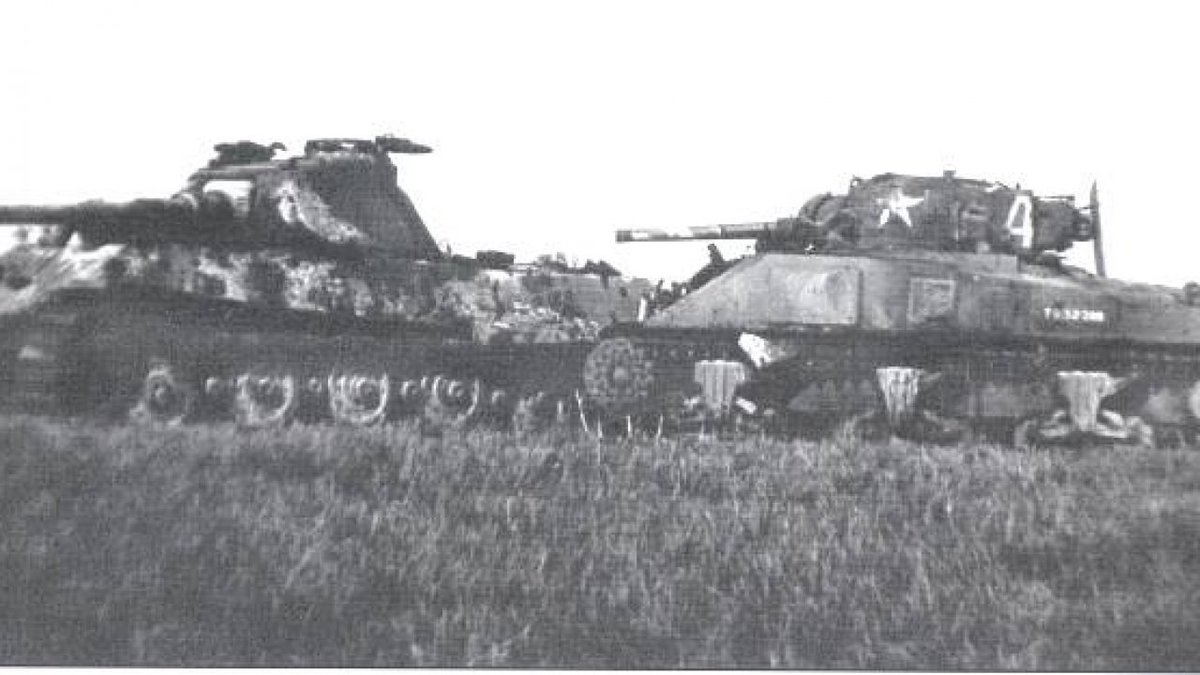
A quick look at 6 Pounder in Normandy
For all those wondering, 1 Tyneside Scottish did use 6 Pounder APDS rounds to devastating effect at Rauray.
But why comment on the use of 6 Pounder Sabot rounds?
Surely they were common? /1
#WW2 #SWW #History
WO205/405



For all those wondering, 1 Tyneside Scottish did use 6 Pounder APDS rounds to devastating effect at Rauray.
But why comment on the use of 6 Pounder Sabot rounds?
Surely they were common? /1
#WW2 #SWW #History
WO205/405




APDS was new in Normandy, it was also a very rare round with (it may be as much as most) use requiring Corps authorisation, occasionally Army.
This meant 6 pdr sabot tended to be issued for specific engagements, and no we don't have tank allocation data easily to hand. /2
This meant 6 pdr sabot tended to be issued for specific engagements, and no we don't have tank allocation data easily to hand. /2

6 Pounder remained a serious bane of Panther crews throughout the campaign.
APDS was bloody rare, but other rounds remained devastating.
Esp as many engagements were <1,000 yds. /3
APDS was bloody rare, but other rounds remained devastating.
Esp as many engagements were <1,000 yds. /3

9 SS-Panzer's Panthers could attest to this...
Having engaged Soviet Churchill tanks on the Eastern Front (Mk IV: T67898R is featured), II SS-Panzerkorps had low regard for the 6 Pounder. They assessed it was only lethal to a Panther's side or rear armour @ 500m or less. /4
Having engaged Soviet Churchill tanks on the Eastern Front (Mk IV: T67898R is featured), II SS-Panzerkorps had low regard for the 6 Pounder. They assessed it was only lethal to a Panther's side or rear armour @ 500m or less. /4

This ultimately really paid off for troops in Normandy as German intsums were widely circulated downplaying the risk presented by 6 Pdr.
To the benefit of Allied ATK crews and Churchill III/IV, no doubt costing the lives of many German tank crew. /5
To the benefit of Allied ATK crews and Churchill III/IV, no doubt costing the lives of many German tank crew. /5

Such munition developments ensured 6 pounder remained competitive right up to 1945. HE rounds were occasionally issued to troops in the field so they could be employed as small field guns, but the HE round for 6 pdr was pretty crap and data is rather poor on details. /6 

The 6 Pounder's exceptionally low profile rendered it man portable, easily concealable, pretty nimble and devastating.
On multiple occasions 6 pdr were operated effectively by one man, destroying several AFVs.
Armoured sideshields could be added to improve protection. /7
On multiple occasions 6 pdr were operated effectively by one man, destroying several AFVs.
Armoured sideshields could be added to improve protection. /7

In addition to 6 pounders employed by each British/Canadian inf div's AT Regt, each infantry battalion had an ATK PL of six 6 pdr, capable of KOing the majority of AFVs encountered.
It remained an omnipresent threat & we'll look at some engagements in due course. /thread
It remained an omnipresent threat & we'll look at some engagements in due course. /thread

• • •
Missing some Tweet in this thread? You can try to
force a refresh




















